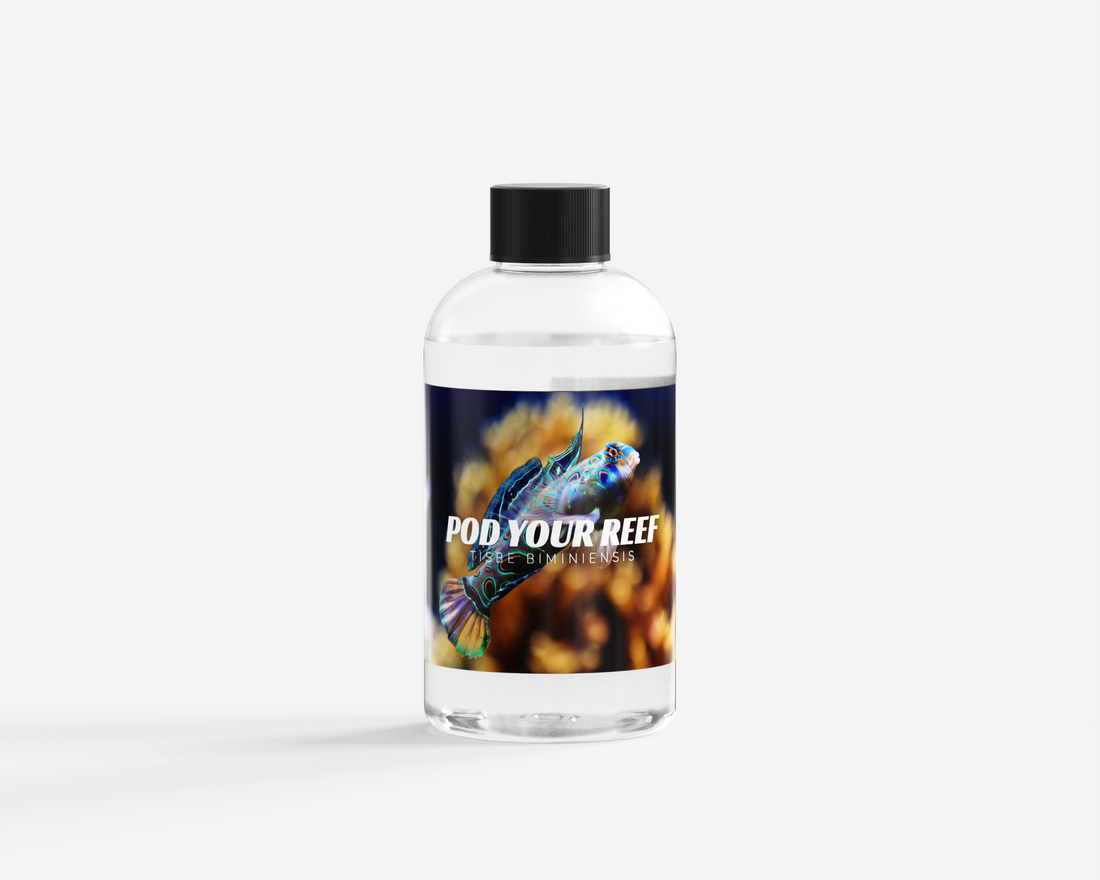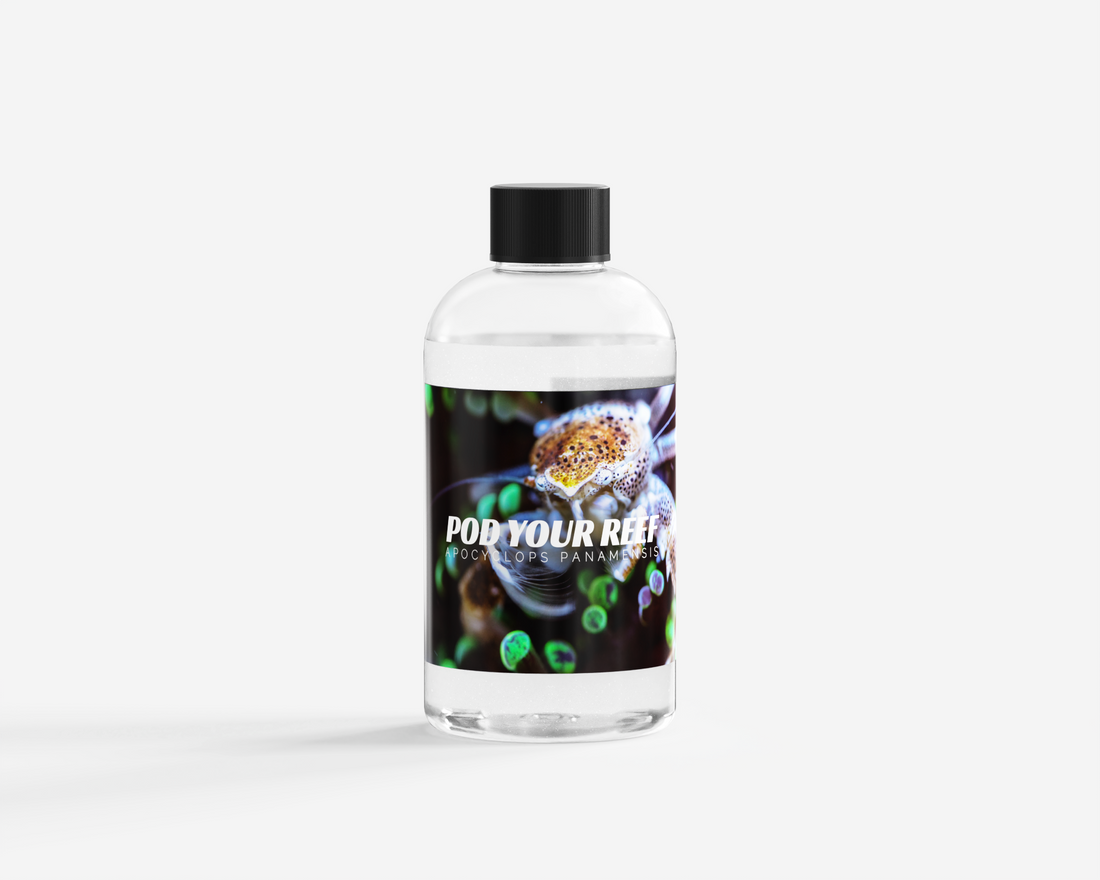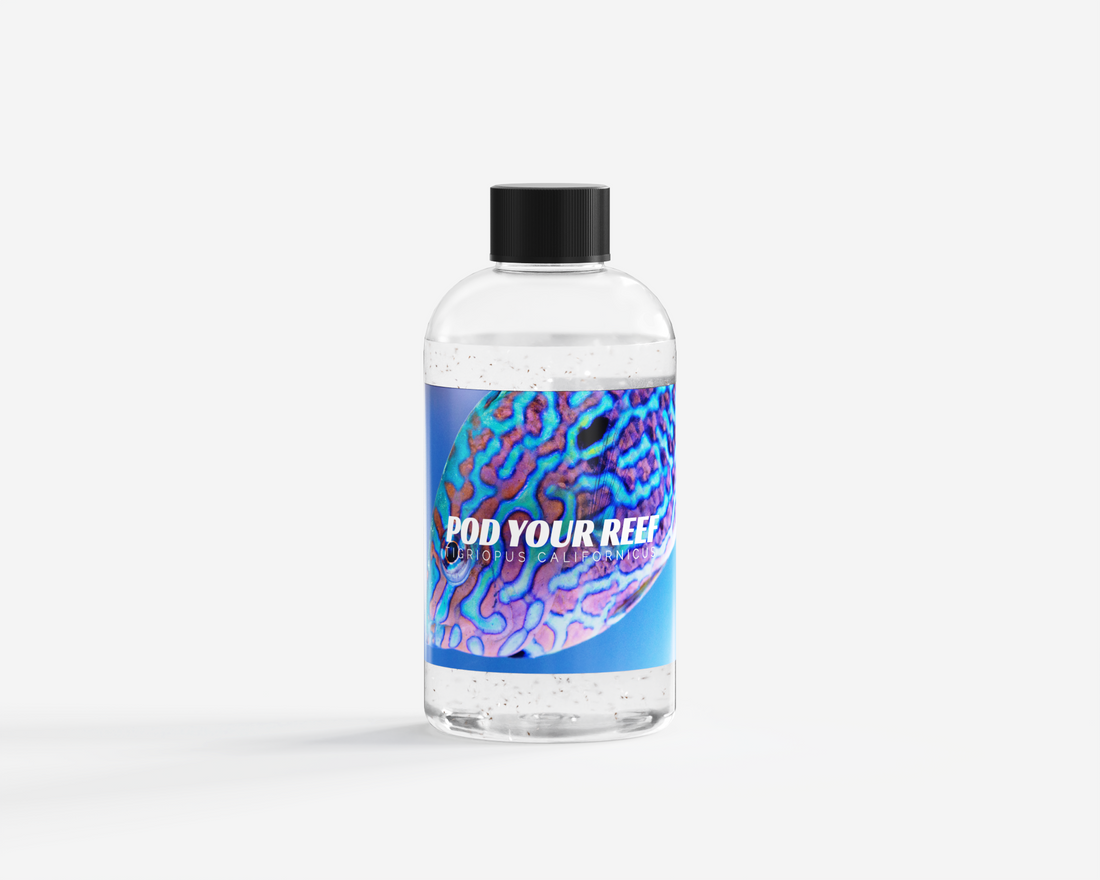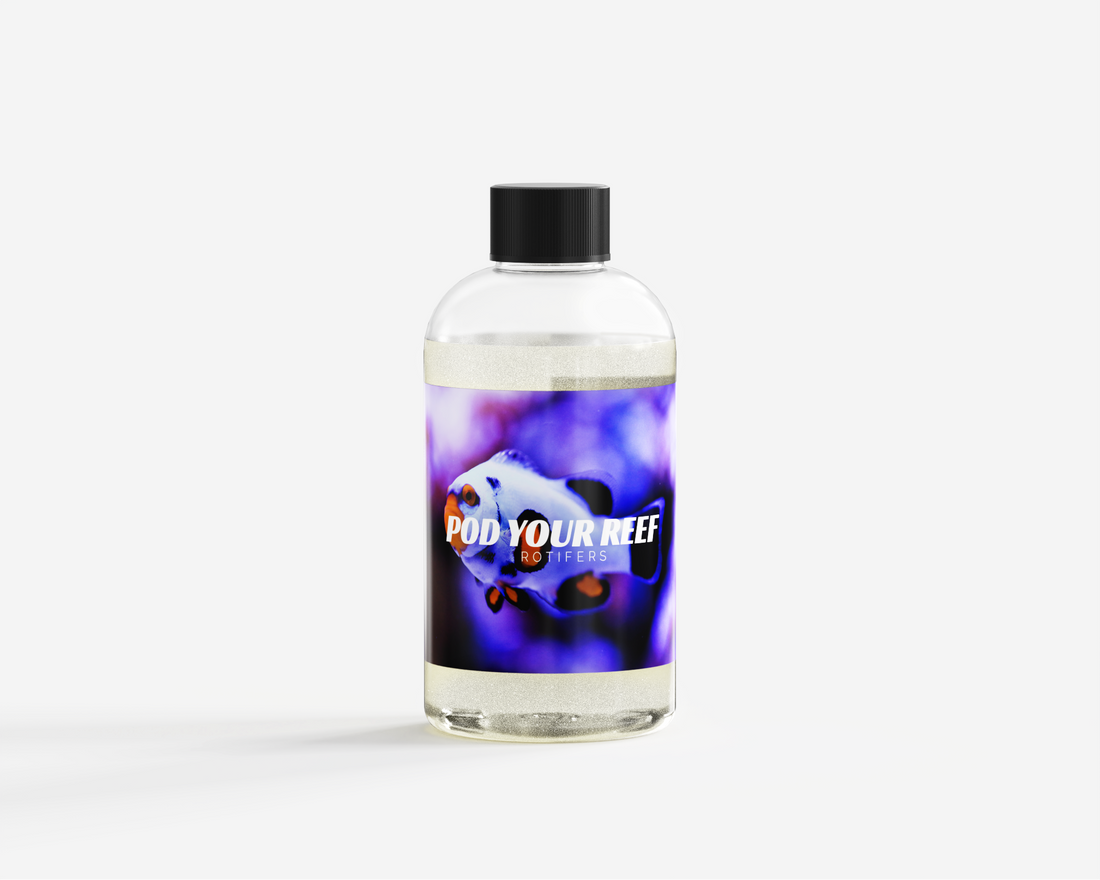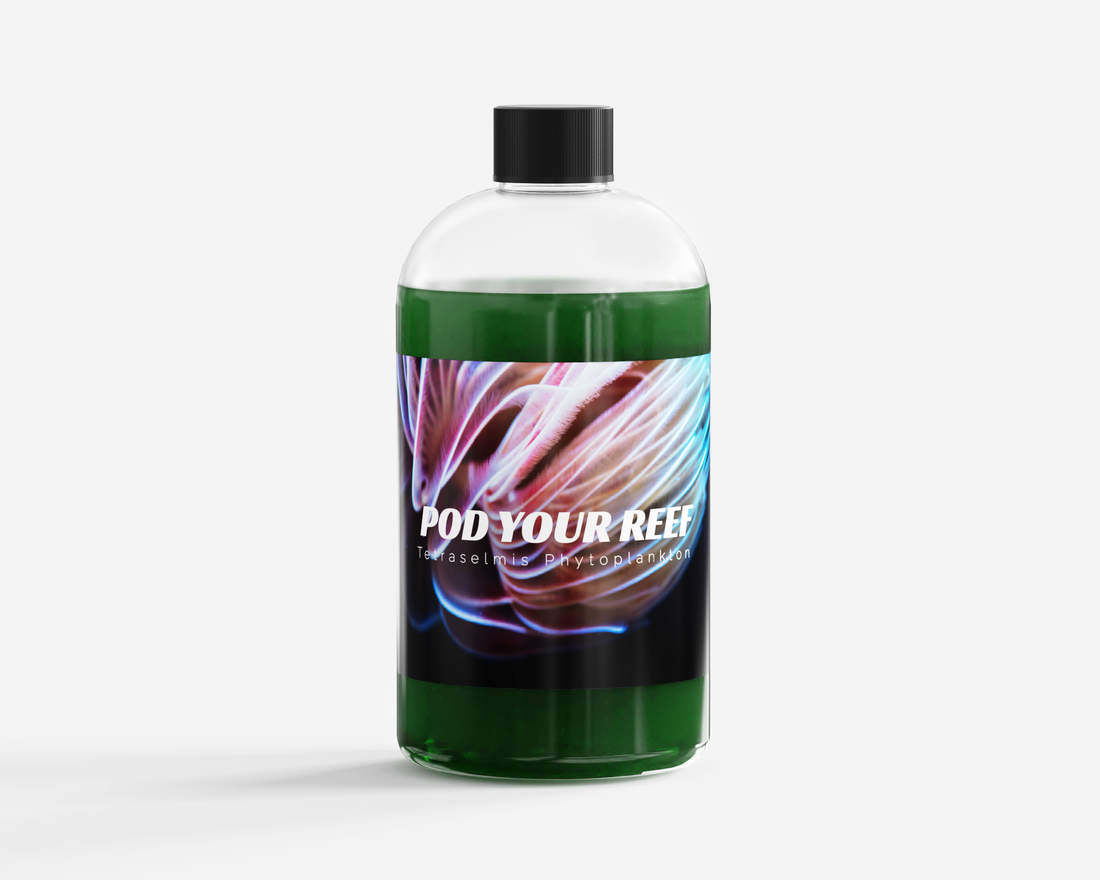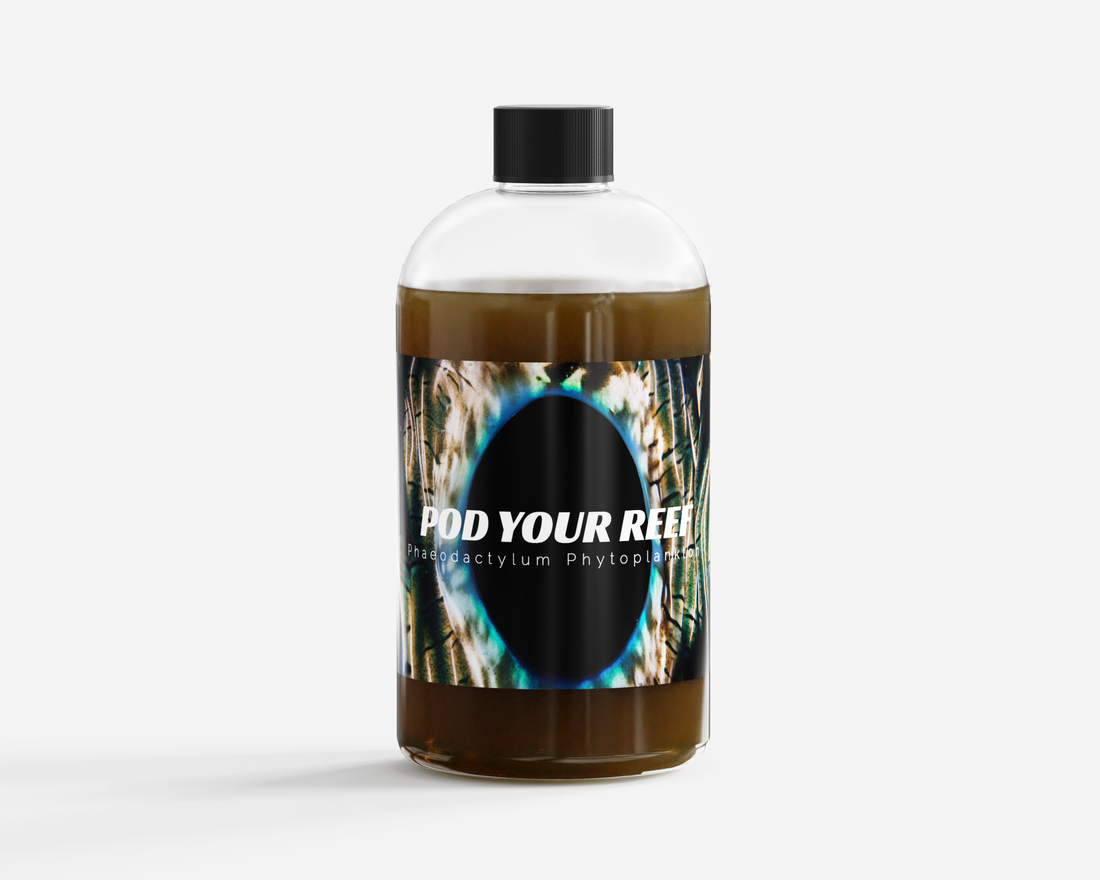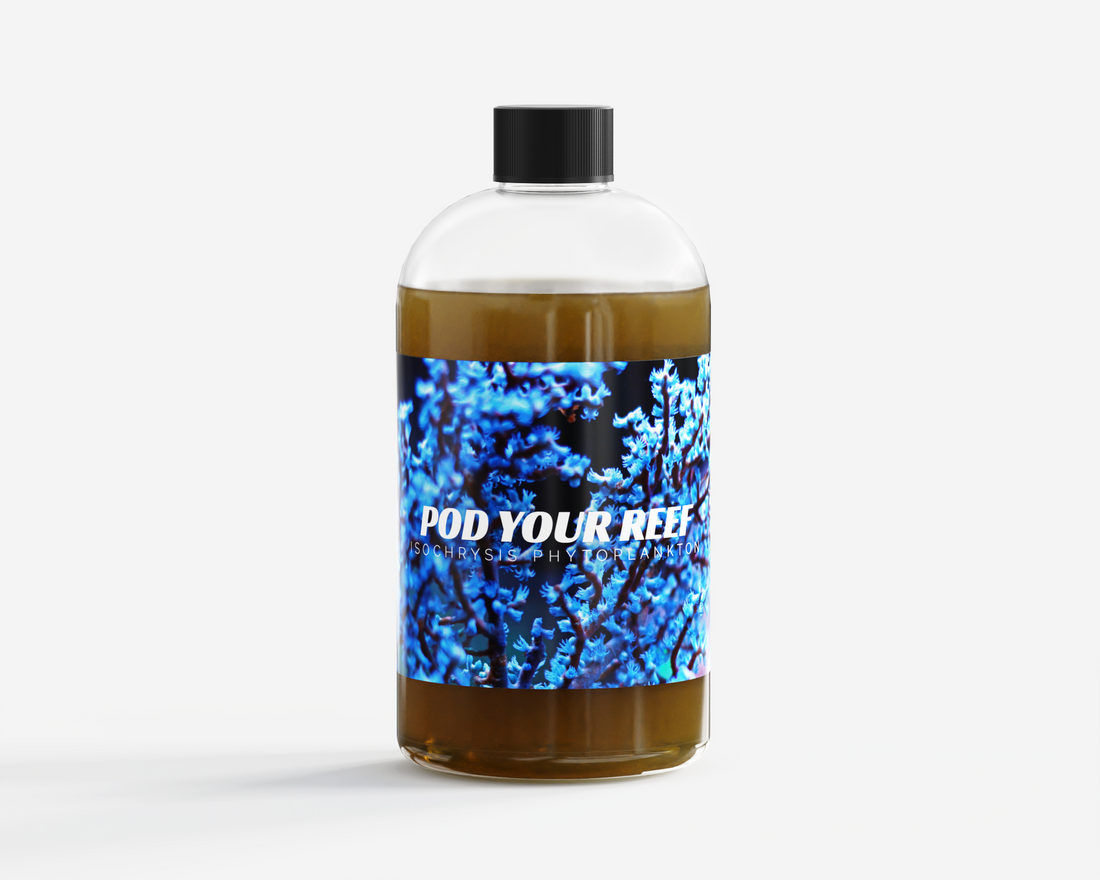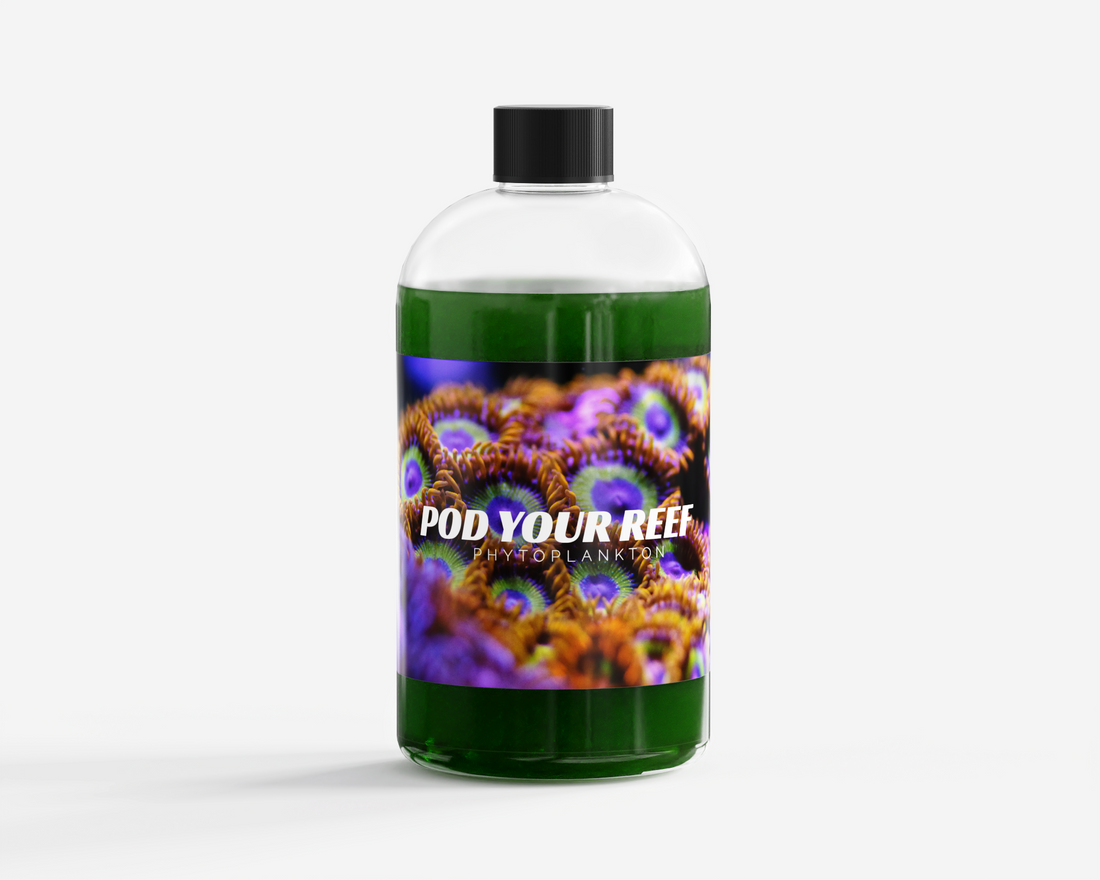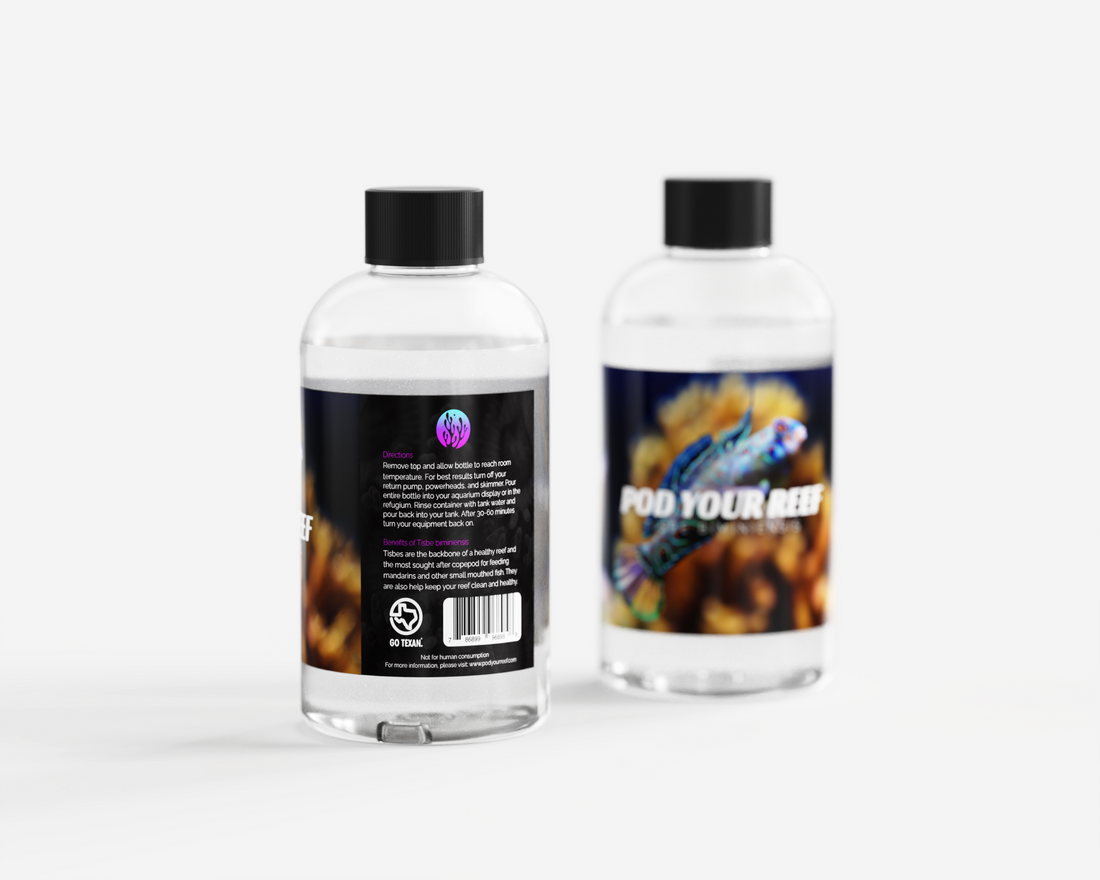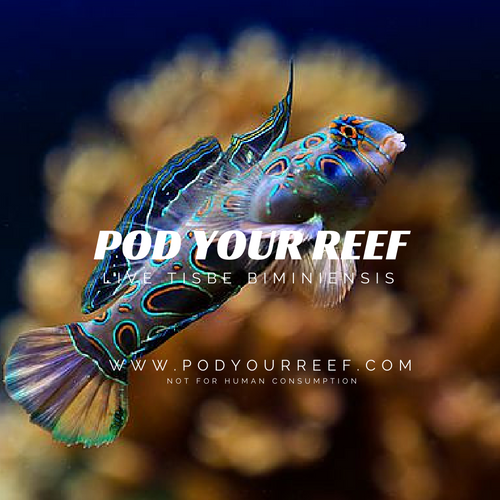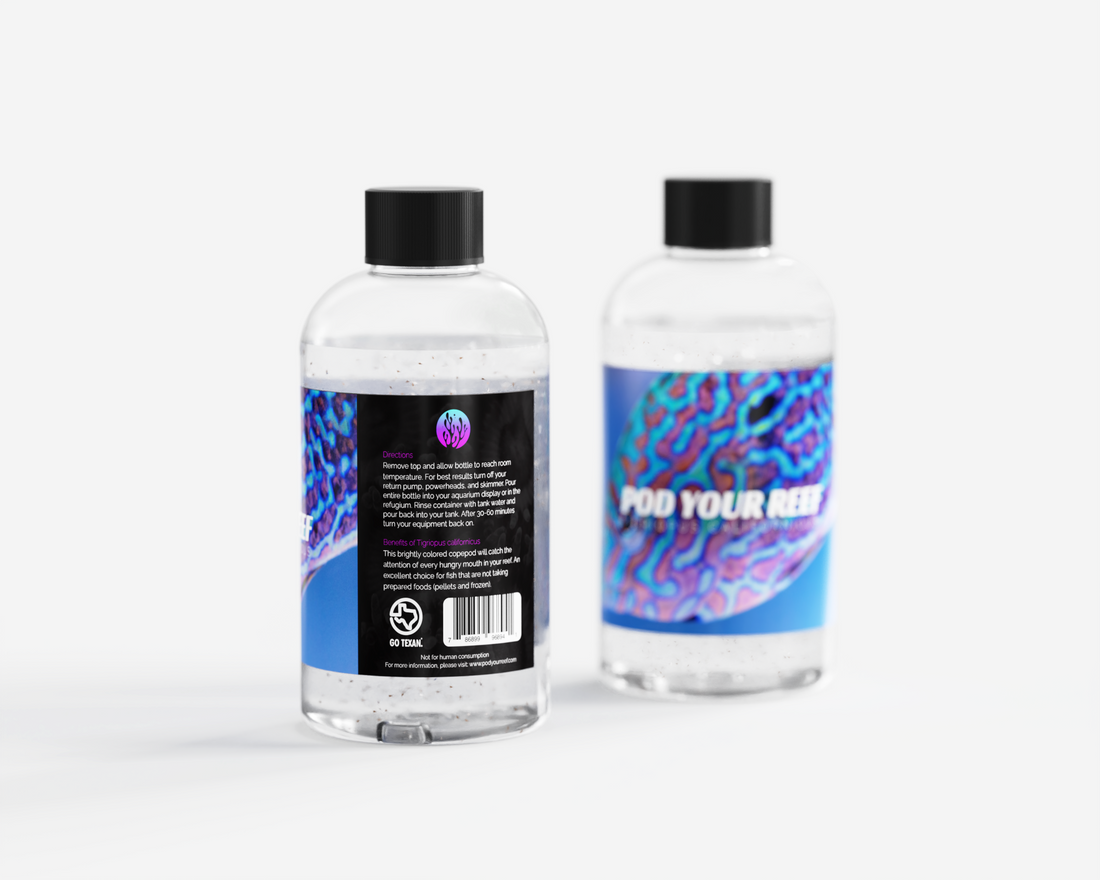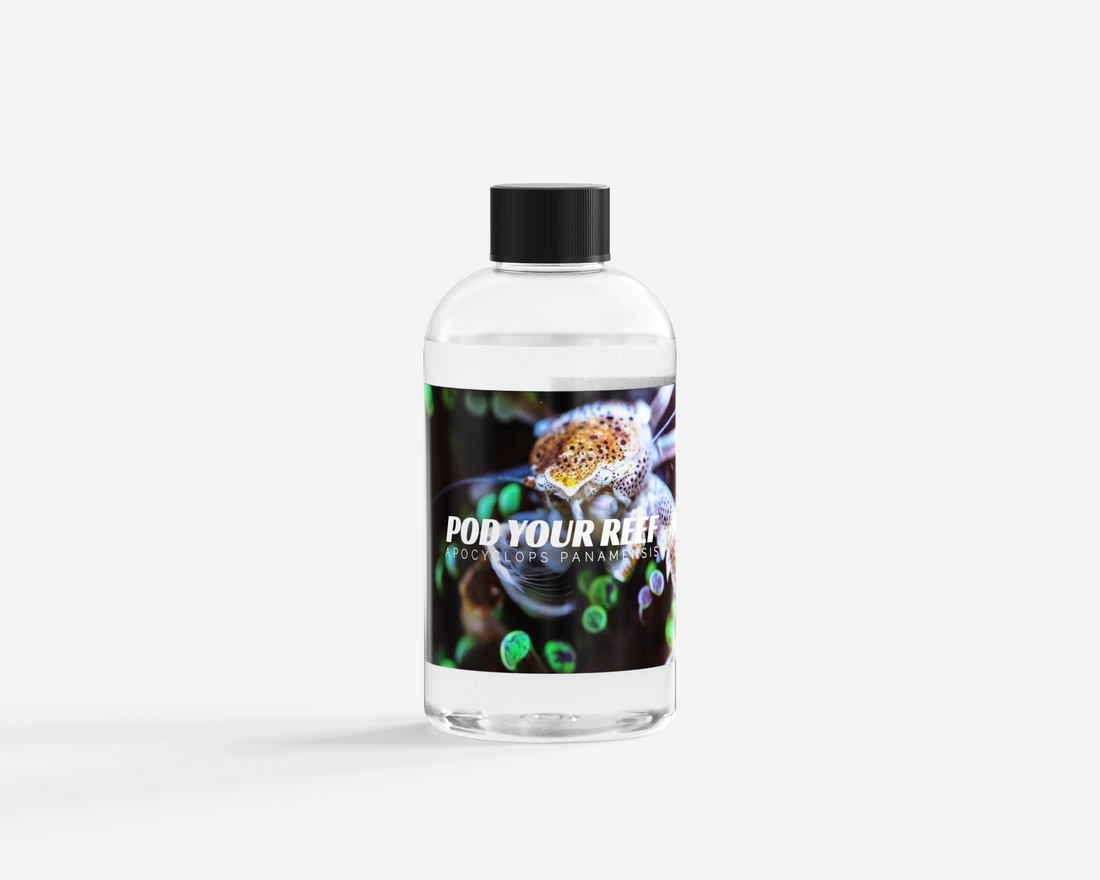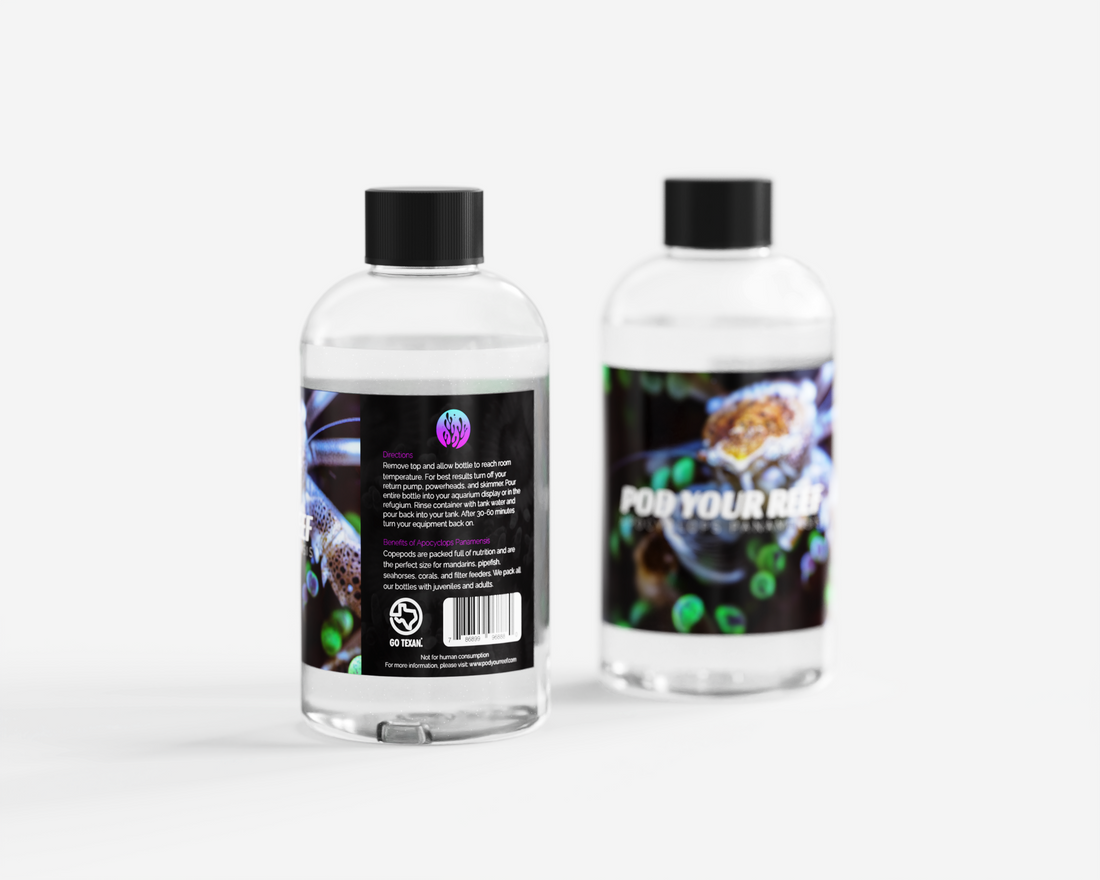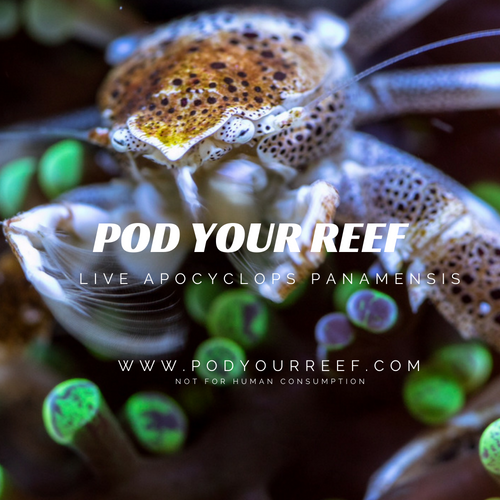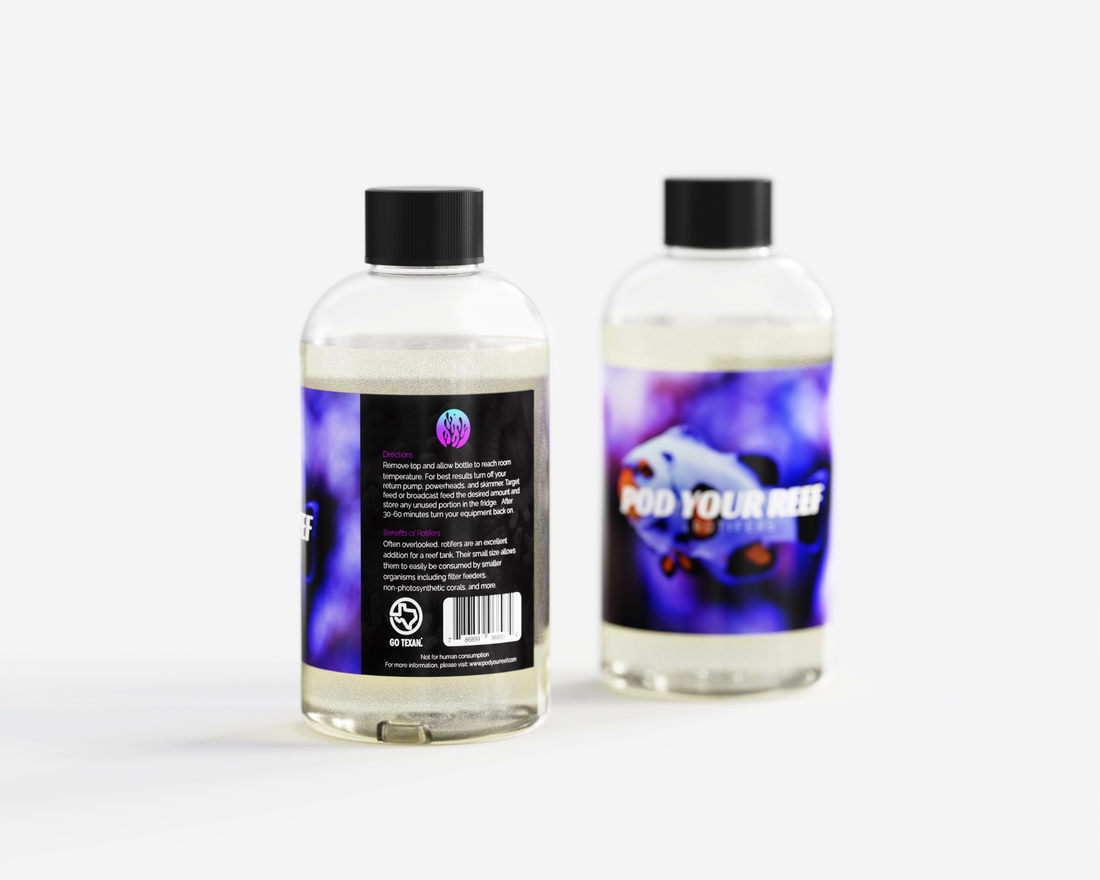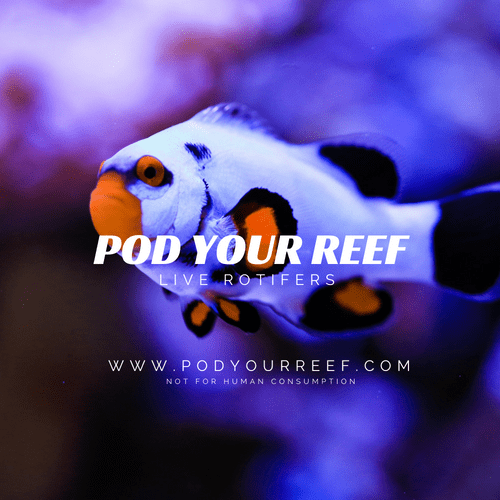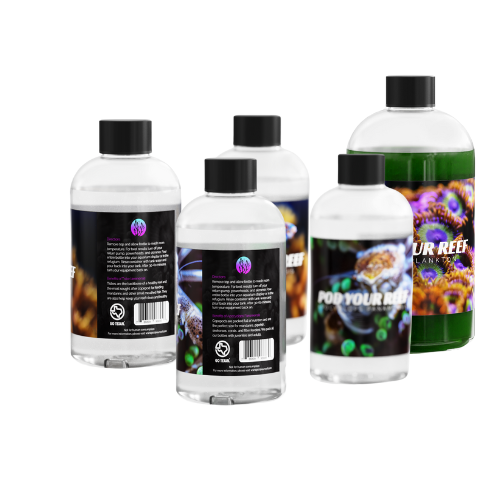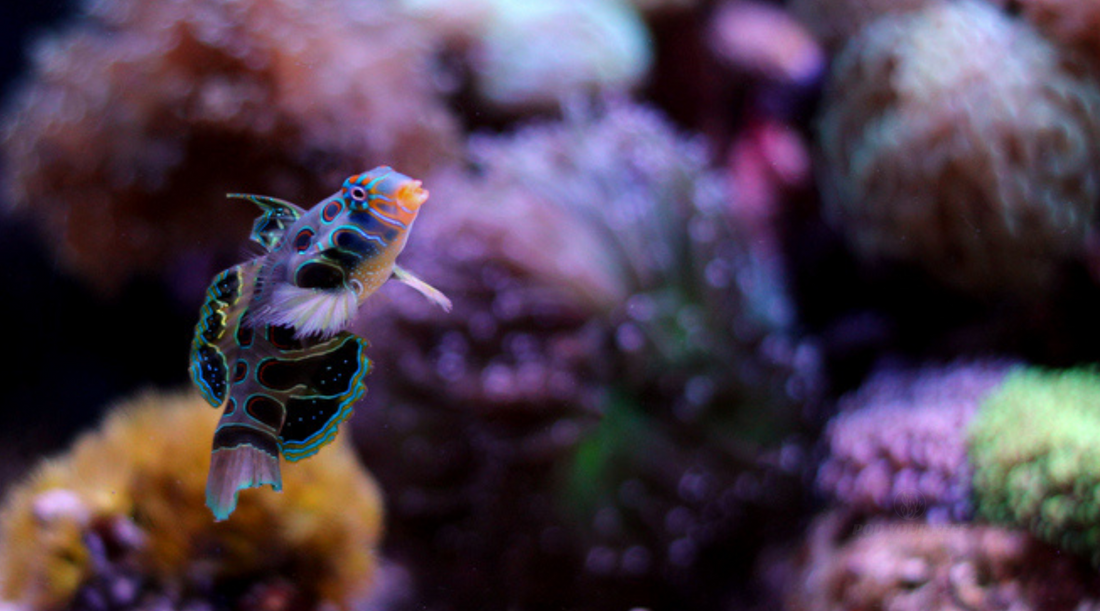
Care
The Magnificent Mandarins: Caring for Pod-Hungry Dragonets (Callionymidae)
The Magnificent Mandarins: Caring for Pod-Hungry Dragonets (Callionymidae)
The Magnificent Mandarin
What can be said about Mandarin Dragonets...beyond that they are Magnificent! The psychedelic splendor of Synchiropus splendidus has captivated past and future generations of reef aquarists. It is a jaw dropping species...and one which quickly humbles those who do not embrace biological complexity in their aquarium. Water quality is rarely an issue with mandarins as they evolved on muddy bottoms and are fairly tolerant to high nitrates and do not require high flow. Tank size is not a limiting factor, as mandarins can comfortably ‘fit’ in most nano tanks without obstruction. It is the diet which made this fish so difficult to sustain for much of the 20th Century. Synchiropus splendidus became infamous as a fish which would promptly starve days to weeks after purchase, a fact made devastating as wild-caught specimens were and are often relatively inexpensive and irresistibly beautiful.
Those who were successful keeping mandarins were either utilizing raw seawater or were housing them in closed aquariums which had been aged for multiple months/years. It was not the aging itself which allowed the mandarins to thrive in these tanks, but the indescribable array of micro-critters radiating from every rock, every algae patch, every clogged filter. The vanguard of this invaluable fauna are the Copepods--microscopic crustaceans, designed to collect, feast and gorge upon all manner of detritus, uneaten feed and pest algae/bacteria/fungi. And just like lobsters and crabs, the flesh of the copepod is sweet with Golden Fats (ARA/EPA/DHA). Synchiropus splendidus is an adept hunter of copepods...so much so that a single, healthy adult consumes hundreds to thousands daily. Providing this infinite banquet of Golden Fat-rich pods is paramount to satisfying the Psychedelic Splendor that is The Mandarin Dragonet.
“Our limited attempts at raising the mandarinfish to settlement were encouraging and suggest an excellent potential for mariculture with implications for both conservation and improved maintenance of fish in captivity. At present, given that this species is difficult to maintain in captivity, it is only suitable for experienced aquarists.” (Sadovy et al 2003)
Synchiropus splendidus belongs to the family Callionymidae or the dragonets. Members of this family are diverse and have expanded to many different ecosystems. The Palefin and Spotfin Dragonet (Foetorepus agassizii/goodenbeani) inhabit the chilly depths of the Mid-Atlantic Bight. Other genera such as the Moon Dragonet (Repomucenus lutanus) and the Deepwater Dragonets (Callionymus) inhabit the darker waters of the Indian and Pacific Oceans. Though often housed together in the aquarium trade, the Japanese Dragonet (Neosynchiropus ijimae) inhabits temperate, rocky reefs, while the Ocellated Dragonet [1] (Neosynchiropus ocellatus) lives in the shallows of tropical coral reefs. The Mandarin Dragonet (Synchiropus splendidus) occupies the muddy waters associated with mangroves, yet receives constant water flow from pristine oceanic waters. Despite this enormous diversity, most if not all the Callionymidae are united by their benthic behavior and their ravenous love of crustaceans!
In contrast to other carnivorous fish, such as the Serranidae (groupers/seabass), the Callionymidae possess relatively small stomachs. Their gastrointestinal system is designed for constant processing of multiple, high-quality prey items. Whereas a grouper can receive a single large meal and be satiated for multiple days/weeks, dragonets will begin deteriorating within hours/days of being deprived of food. Furthermore, they require live prey items loaded with probiotics, prebiotics, proenzymes, carotenoids and vitamin complexes to support their fragile gastrointestinal infrastructure. This is why it is so crucial to provide ‘round-the -clock’ quality grazing opportunities if one is to achieve long term success with these species.
How to Create a Pod Paradise
Creating as many different ‘colony’ sites for copepods as possible is paramount to providing ‘round-the -clock’ grazing opportunities for a Mandarin Dragonet. The process of pod colonization occurs when the first wet rock or coral frag is introduced to the tank. However, scattered seedings such as these may not be enough to sustain a gluttonous mandarin, and moreover, may introduce species with spiky appendages or hard, calcified shells. This is why seeding with known, aquacultured copepod species is recommended, as this ensures a pod community with the following attributes:
- Soft-bodied, without spikes, sharp projections or difficult-to-digest shells.
- Live close to the bottom, yet ‘pep and scoot’ like a fishing lure.
- Secrete appetite stimulants to attract fish
- Able to colonize rockwork and the darker inner spaces of the tank.
- Ravenous consumers of detritus, uneaten feed as well as pest algae, bacteria, and fungi.
- Loaded with probiotics, prebiotics, proenzymes, carotenoids and vitamin complexes
- Able to elongate inferior fatty acids into Golden Fats (ARA/EPA/DHA)
The cyclopoid copepod Apocyclops panamensis and the harpacticoid copepods Tisbe biminiensis and Tigriopus californicus fulfill these criteria, making them popular and ideal ‘seed’ copepods species for new and established aquariums alike. These species not only act as a direct forage for Mandarin Dragonets, but also increase populations of secondary predators such as amphipods, isopods, skeleton shrimp, mysid shrimp and other plump treats. Seeding copepods (Apocyclops panamensis, Tisbe biminiensis, Tigriopus californicus) as well as live microalgae (Isochrysis), is a great way to boost the populations of this secondary Mandarin forage, while ensuring their flesh is rich with savory Golden Fats!
Simply seeding copepods is not enough to support the complex dietary needs of a Mandarin Dragonet. Sustaining and actively expanding the pod population is vital. Copepod growth can be encouraged by dosing live phytoplankton (Isochrysis) and other particulate coral feeds into the aquarium. Copepods favor porous live rock where they can eat detritus and escape predators. A successful Mandarin aquarium likely has such areas so saturated with pods that stragglers are constantly being expelled from the rockwork. Macroalgae (Chaetomorpha, Ulva, Gracilaria, Halymenia) are another way to supercharge pod populations. Not only do they possess lots of oxygen-rich surface area, but they attract various periphyton (algae, bacteria) for pods to feast on. Sea Veggies such as these are best grown in an illuminated sump or Refugium. The Refugium acts as a Paradise for Copepods, allowing them to breed exponentially while at the same time, constantly discharging them into the display aquarium.
There is mounting evidence that subterranean forage is important to dragonets in the wild and in aquaria. Polychaete worms, particularly the smaller more soft bodied variety have been observed in the stomachs of various wild dragonet species. It has been suggested that spaghetti worms (Terebellidae) amongst other taxa, are utilized as forage for Mandarins in aquariums, though evidence for this remains largely anecdotal.
An Aquacultured Future for Mandarin Dragonets
For much of the 20th Century, Synchiropus splendidus was not considered a sustainable aquarium fish. Too many of the individuals which were imported promptly starved to death in holding facilities or days to weeks after purchase. Success in well-aged aquariums quickly led to the realization that copepods were key to Mandarin Dragonet survival. This inspired more work to be done with the species, including attempts to aquaculture them:
“Feeding occurred twice daily in morning (7:00–8:00 am) and afternoon (5:00–6:00 pm) on a home-made broodstock feed. The broodstock diet was processed into wet gelatined form with equal ratio (wet weight) of fish (bonito Sarda sp. and cod Gadus sp.), squid (Loligo sp.), mussels (Mytilus sp.), and banana prawn (Fenneropenaeus merguiensis) blended up in a blender. Then 30 g spirulina powder, 4 garlic tablets, 5 g of vitamin mix (Rabar Pty Ltd., Australia; ZZ600 DPI) and 5 g of mineral mix (Rabar Pty Ltd., Australia; ZZ603 DO 067 DPI) were added to every 1 kg of the feed mixture, which were finally combined with 2 table spoons of gelatine dissolved in 500 mL water.” (Shao et al 2020)
Anyone who has had the absolute privilege to see Mandarin Dragonets spawn in the wild knows that it is a bewitching ballet. The male and female rise from their coral den together in the moonlight, spirling as they scatter millions of eggs into the night. Their eggs are microscopic emerald tear-drops, their larvae are unpigmented, fragile and picky. The larvae of most aquacultured marine species can be reared on an early diet of rotifers (Brachionus plicatilis/rotundiformis) and Artemia nauplii, provided that these have been enriched with some sort of Golden Fat food source. Synchiropus splendidus is one of the many marine species whose larvae will refuse/reject such feeds. It required the embrace of the calanoid copepod, whose nutritious nauplii secrete appetite-stimulants and are rarely, if ever, rejected.
Because of the advantages offered by copepods as live feed, aquacultured Mandarin Dragonets are now produced by a growing list of ornamental fish farms. The species is not considered nearly as difficult to keep as it once was, yet the challenges of its care should be well-headed if one is to succeed. All in all, copepods and refugiums are key to sustaining this beautiful fish in the aquarium and for sustainably producing it for generations to come.
Works Consulted
- Basford, A. J., Mos, B., Mishina, T., & Dworjanyn, S. A. (2019). Oyster larvae as a potential first feed for small-mouthed ornamental larval fish. Aquaculture Environment Interactions, 11, 657-669.
- Bemis, K. E., Marcy-Quay, B., Galbraith, J. K., Wuenschel, M. J., Sullivan, P. J., & Bemis, W. E. (2018). Deep-Water Dragonets (Teleostei: Callionymidae: Foetorepus) of the Mid Atlantic Bight: A Little-Known Genus from the Edge of the Continental Shelf. Copeia, 106(1), 188-198.
- Choi, H. C., Youn, S. H., Park, J. M., & Huh, S. H. (2016). Feeding habits of whitespotted dragonet Callionymus beniteguri in the coastal waters off Taean, Korea. Korean Journal of Fisheries and Aquatic Sciences, 49(5), 694-700.
- Choosri, S., & Phuangsanthia, W. (2018). Effects of fatty acid (A1 DHA Selco) in zooplankton for larviculture of the mandarin fish, Synchiropus splendidus (Herre, 1927). Journal of Agricultural Research and Extension, 35(2 Suppl. 2), 426-435.
- Gibson, R. N., & Ezzi, I. A. (1979). Aspects of the biology of the spotted dragonet Callionymus maculatus Rafmesque‐Schmaltz from the west coast of Scotland. Journal of Fish Biology, 15(5), 555-569.
- Goda, M., Fujiyoshi, Y., Sugimoto, M., & Fujii, R. (2013). Novel dichromatic chromatophores in the integument of the mandarin fish Synchiropus splendidus. The Biological Bulletin, 224(1), 14-17.
- Griffin, R., Pearce, B., & Handy, R. D. (2012). Dietary preference and feeding selectivity of common dragonet Callionymus lyra in UK. Journal of Fish Biology, 81(3), 1019-1031.
- Huh, S. H., Kim, J. M., Park, J. M., & Baeck, G. W. (2013). Feeding habits of moon dragonet Repomucenus lunatus in the coastal waters off Gori, Korea. Korean Journal of Ichthyology, 25(1), 17-24.
- King, P. A., Fives, J. M., & McGrath, D. (1994). Reproduction, growth and feeding of the dragonet, Callionymus lyra (Teleostei: Callionymidae), in Galway Bay, Ireland. Journal of the Marine Biological association of the United Kingdom, 74(3), 513-526.
- Pratoomyot, J., Leethochavalit, S., Siranonthana, N., & Choosri, S. (2016). Preliminary Study on the Nutritional Content of Artemia fed mixed microalgal Diets and their Effect on the Reproduction of Captive Bred Green Mandarinfish (Synchiropus splendidus Herre, 1927). Burapha Science Journal (วารสาร วิทยาศาสตร์ บูรพา), 21(2), 152-165.
- Rhyne, A. L., Tlusty, M. F., & Szczebak, J. T. (2017). Early culture trials and an overview on US marine ornamental species trade. Marine ornamental species aquaculture, 51-70.
- Sadovy, Y., Mitcheson, G., & Rasotto, M. B. (2001). Early development of the mandarinfish, Synchiropus splendidus (Callionymidae), with notes on its fishery and potential for culture. Aquarium Sciences and Conservation, 3(4), 253-263.
- Sadovy, Y., Randall, J. E., & Rasotto, M. B. (2005). Skin structure in six dragonet species (Gobiesociformes; Callionymidae): interspecific differences in glandular cell types and mucus secretion. Journal of fish biology, 66(5), 1411-1418.
- Shao, L., & Zeng, C. (2020). Survival, growth, ingestion rate and foraging behavior of larval green mandarin fish (Synchiropus splendidus) fed copepods only versus co-fed copepods with rotifers. Aquaculture, 520, 734958.
- Sohail, A. (2018). Synchiropus splendidus (Doctoral dissertation, University of Management & Technology).
- Wittenrich, M. L., Baldwin, C. C., & Turingan, R. G. (2010). Larval development of laboratory-reared green mandarinfish, Synchiropus splendidus (Teleostei: Callionymidae). aqua: International Journal of Ichthyology, 16(1), 7-19.
- Zeng, C., Shao, L., Ricketts, A., & Moorhead, J. (2018). The importance of copepods as live feed for larval rearing of the green mandarin fish Synchiropus splendidus. Aquaculture, 491, 65-71.
[1] Also known as a ‘scooter blenny’ in the aquarium trade

